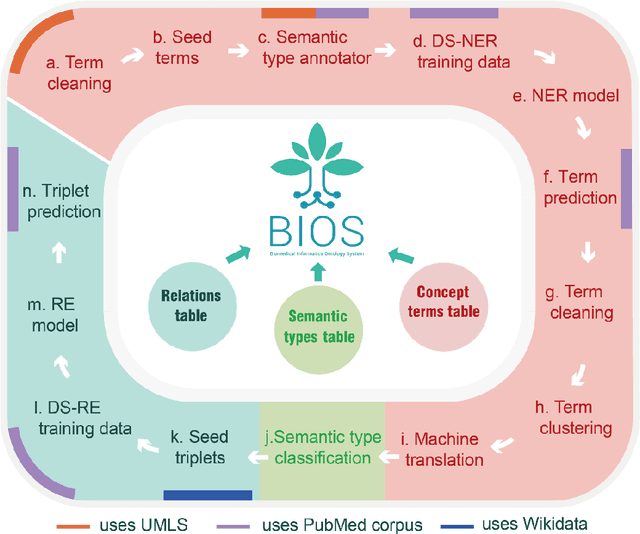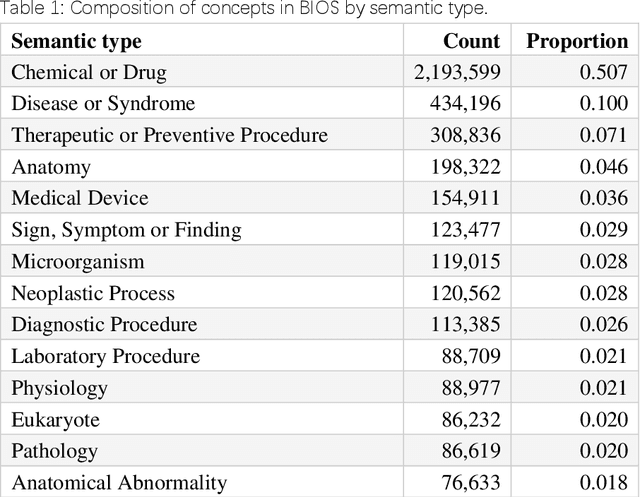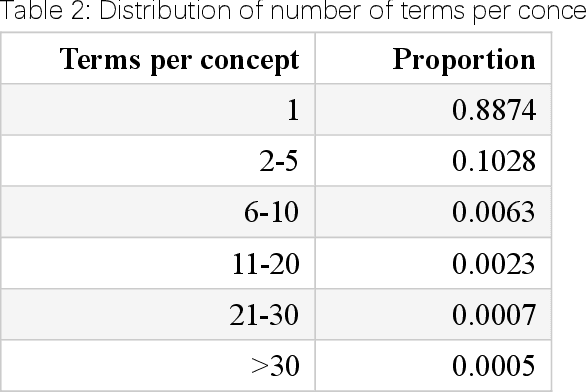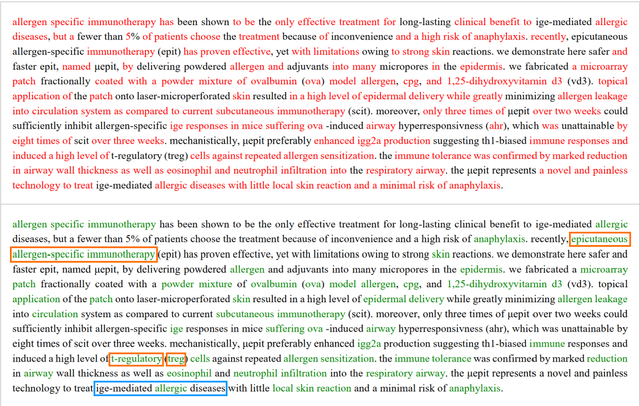Yutao Xie
Toward Exploring the Code Understanding Capabilities of Pre-trained Code Generation Models
Jun 18, 2024Abstract:Recently, large code generation models trained in a self-supervised manner on extensive unlabeled programming language data have achieved remarkable success. While these models acquire vast amounts of code knowledge, they perform poorly on code understanding tasks, such as code search and clone detection, as they are specifically trained for generation. Pre-training a larger encoder-only architecture model from scratch on massive code data can improve understanding performance. However, this approach is costly and time-consuming, making it suboptimal. In this paper, we pioneer the transfer of knowledge from pre-trained code generation models to code understanding tasks, significantly reducing training costs. We examine effective strategies for enabling decoder-only models to acquire robust code representations. Furthermore, we introduce CL4D, a contrastive learning method designed to enhance the representation capabilities of decoder-only models. Comprehensive experiments demonstrate that our approach achieves state-of-the-art performance in understanding tasks such as code search and clone detection. Our analysis shows that our method effectively reduces the distance between semantically identical samples in the representation space. These findings suggest the potential for unifying code understanding and generation tasks using a decoder-only structured model.
AcademicGPT: Empowering Academic Research
Nov 21, 2023



Abstract:Large Language Models (LLMs) have demonstrated exceptional capabilities across various natural language processing tasks. Yet, many of these advanced LLMs are tailored for broad, general-purpose applications. In this technical report, we introduce AcademicGPT, designed specifically to empower academic research. AcademicGPT is a continual training model derived from LLaMA2-70B. Our training corpus mainly consists of academic papers, thesis, content from some academic domain, high-quality Chinese data and others. While it may not be extensive in data scale, AcademicGPT marks our initial venture into a domain-specific GPT tailored for research area. We evaluate AcademicGPT on several established public benchmarks such as MMLU and CEval, as well as on some specialized academic benchmarks like PubMedQA, SCIEval, and our newly-created ComputerScienceQA, to demonstrate its ability from general knowledge ability, to Chinese ability, and to academic ability. Building upon AcademicGPT's foundation model, we also developed several applications catered to the academic area, including General Academic Question Answering, AI-assisted Paper Reading, Paper Review, and AI-assisted Title and Abstract Generation.
Bridging Code Semantic and LLMs: Semantic Chain-of-Thought Prompting for Code Generation
Oct 22, 2023Abstract:Large language models (LLMs) have showcased remarkable prowess in code generation. However, automated code generation is still challenging since it requires a high-level semantic mapping between natural language requirements and codes. Most existing LLMs-based approaches for code generation rely on decoder-only causal language models often treate codes merely as plain text tokens, i.e., feeding the requirements as a prompt input, and outputing code as flat sequence of tokens, potentially missing the rich semantic features inherent in source code. To bridge this gap, this paper proposes the "Semantic Chain-of-Thought" approach to intruduce semantic information of code, named SeCoT. Our motivation is that the semantic information of the source code (\eg data flow and control flow) describes more precise program execution behavior, intention and function. By guiding LLM consider and integrate semantic information, we can achieve a more granular understanding and representation of code, enhancing code generation accuracy. Meanwhile, while traditional techniques leveraging such semantic information require complex static or dynamic code analysis to obtain features such as data flow and control flow, SeCoT demonstrates that this process can be fully automated via the intrinsic capabilities of LLMs (i.e., in-context learning), while being generalizable and applicable to challenging domains. While SeCoT can be applied with different LLMs, this paper focuses on the powerful GPT-style models: ChatGPT(close-source model) and WizardCoder(open-source model). The experimental study on three popular DL benchmarks (i.e., HumanEval, HumanEval-ET and MBPP) shows that SeCoT can achieves state-of-the-art performance, greatly improving the potential for large models and code generation.
Towards Effective and Compact Contextual Representation for Conformer Transducer Speech Recognition Systems
Jun 26, 2023Abstract:Current ASR systems are mainly trained and evaluated at the utterance level. Long range cross utterance context can be incorporated. A key task is to derive a suitable compact representation of the most relevant history contexts. In contrast to previous researches based on either LSTM-RNN encoded histories that attenuate the information from longer range contexts, or frame level concatenation of transformer context embeddings, in this paper compact low-dimensional cross utterance contextual features are learned in the Conformer-Transducer Encoder using specially designed attention pooling layers that are applied over efficiently cached preceding utterances history vectors. Experiments on the 1000-hr Gigaspeech corpus demonstrate that the proposed contextualized streaming Conformer-Transducers outperform the baseline using utterance internal context only with statistically significant WER reductions of 0.7% to 0.5% absolute (4.3% to 3.1% relative) on the dev and test data.
BioBART: Pretraining and Evaluation of A Biomedical Generative Language Model
Apr 08, 2022



Abstract:Pretrained language models have served as important backbones for natural language processing. Recently, in-domain pretraining has been shown to benefit various domain-specific downstream tasks. In the biomedical domain, natural language generation (NLG) tasks are of critical importance, while understudied. Approaching natural language understanding (NLU) tasks as NLG achieves satisfying performance in the general domain through constrained language generation or language prompting. We emphasize the lack of in-domain generative language models and the unsystematic generative downstream benchmarks in the biomedical domain, hindering the development of the research community. In this work, we introduce the generative language model BioBART that adapts BART to the biomedical domain. We collate various biomedical language generation tasks including dialogue, summarization, entity linking, and named entity recognition. BioBART pretrained on PubMed abstracts has enhanced performance compared to BART and set strong baselines on several tasks. Furthermore, we conduct ablation studies on the pretraining tasks for BioBART and find that sentence permutation has negative effects on downstream tasks.
BIOS: An Algorithmically Generated Biomedical Knowledge Graph
Mar 18, 2022



Abstract:Biomedical knowledge graphs (BioMedKGs) are essential infrastructures for biomedical and healthcare big data and artificial intelligence (AI), facilitating natural language processing, model development, and data exchange. For many decades, these knowledge graphs have been built via expert curation, which can no longer catch up with the speed of today's AI development, and a transition to algorithmically generated BioMedKGs is necessary. In this work, we introduce the Biomedical Informatics Ontology System (BIOS), the first large scale publicly available BioMedKG that is fully generated by machine learning algorithms. BIOS currently contains 4.1 million concepts, 7.4 million terms in two languages, and 7.3 million relation triplets. We introduce the methodology for developing BIOS, which covers curation of raw biomedical terms, computationally identifying synonymous terms and aggregating them to create concept nodes, semantic type classification of the concepts, relation identification, and biomedical machine translation. We provide statistics about the current content of BIOS and perform preliminary assessment for term quality, synonym grouping, and relation extraction. Results suggest that machine learning-based BioMedKG development is a totally viable solution for replacing traditional expert curation.
 Add to Chrome
Add to Chrome Add to Firefox
Add to Firefox Add to Edge
Add to Edge